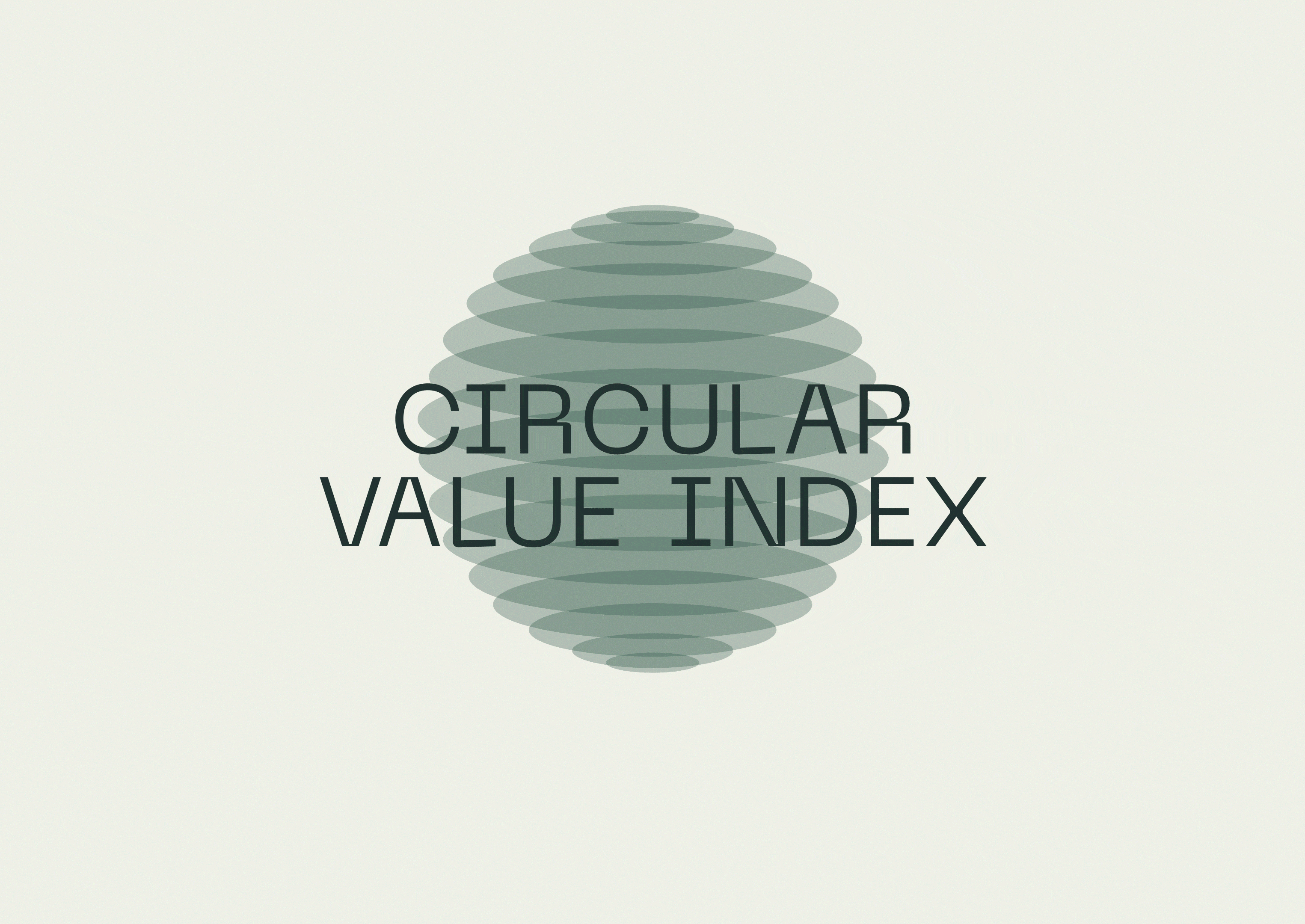Supported By
We are a global non-profit, supported by visionary organisations across sectors.
We Innovate
Driving innovation on product design, legal and finance
We Accelerate
The shift to a circular economy through practical tools and partnerships.
Our Index
At the heart of our work is the Circular Value Index


MASCO Explained
The transition to a circular economy requires more than design and good intentions. This video explains how measuring circular value and financing through MASCO can turn reuse into a viable business case.
They use the CVI
Circular value transform business in a decade
When reuse is built into the system, transformation follows. The global logistics sector proved it. By standardising the shipping container, an entire industry shifted from inefficiency to circular performance in less than a decade. What was once wasteful and fragmented became a streamlined, reusable backbone of global trade.
That’s the kind of change we believe in. Circular design isn’t theory. With the right choices, it can reshape entire sectors faster than most think.

Supported by








Thanks to our founding Partners
















